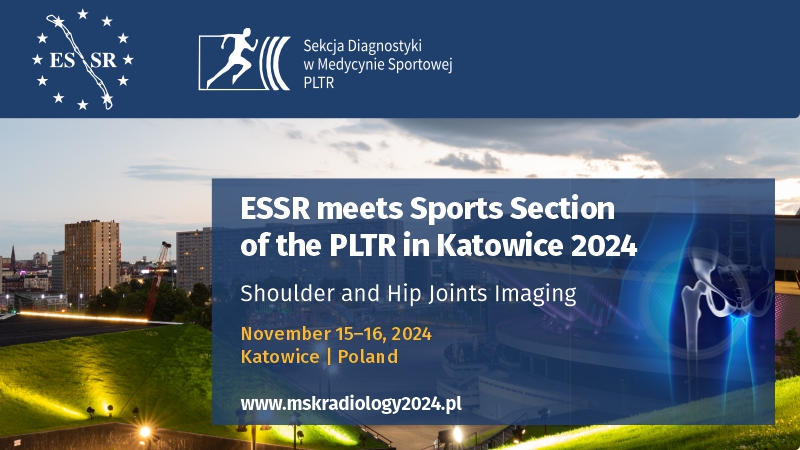Musculoskeletal ultrasound: a technical and historical perspective
Ronald Steven Adler
 Affiliation and address for correspondence
Affiliation and address for correspondenceDuring the past four decades, musculoskeletal ultrasound has become popular as an imaging modality due to its low cost, accessibility, and lack of ionizing radiation. The development of ultrasound technology was possible in large part due to concomitant advances in both solid-state electronics and signal processing. The invention of the transistor and digital computer in the late 1940s was integral in its development. Moore’s prediction that the number of microprocessors on a chip would grow exponentially, resulting in progressive miniaturization in chip design and therefore increased computational power, added to these capabilities. The development of musculoskeletal ultrasound has paralleled technical advances in diagnostic ultrasound. The appearance of a large variety of transducer capabilities and rapid image processing along with the ability to assess vascularity and tissue properties has expanded and continues to expand the role of musculoskeletal ultrasound. It should also be noted that these developments have in large part been due to a number of individuals who had the insight to see the potential applications of this developing technology to a host of relevant clinical musculoskeletal problems. Exquisite high-resolution images of both deep and small superficial musculoskeletal anatomy, assessment of vascularity on a capillary level and tissue mechanical properties can be obtained. Ultrasound has also been recognized as the method of choice to perform a large variety of interventional procedures. A brief review of these technical developments, the timeline over which these improvements occurred, and the impact on musculoskeletal ultrasound is presented below.








